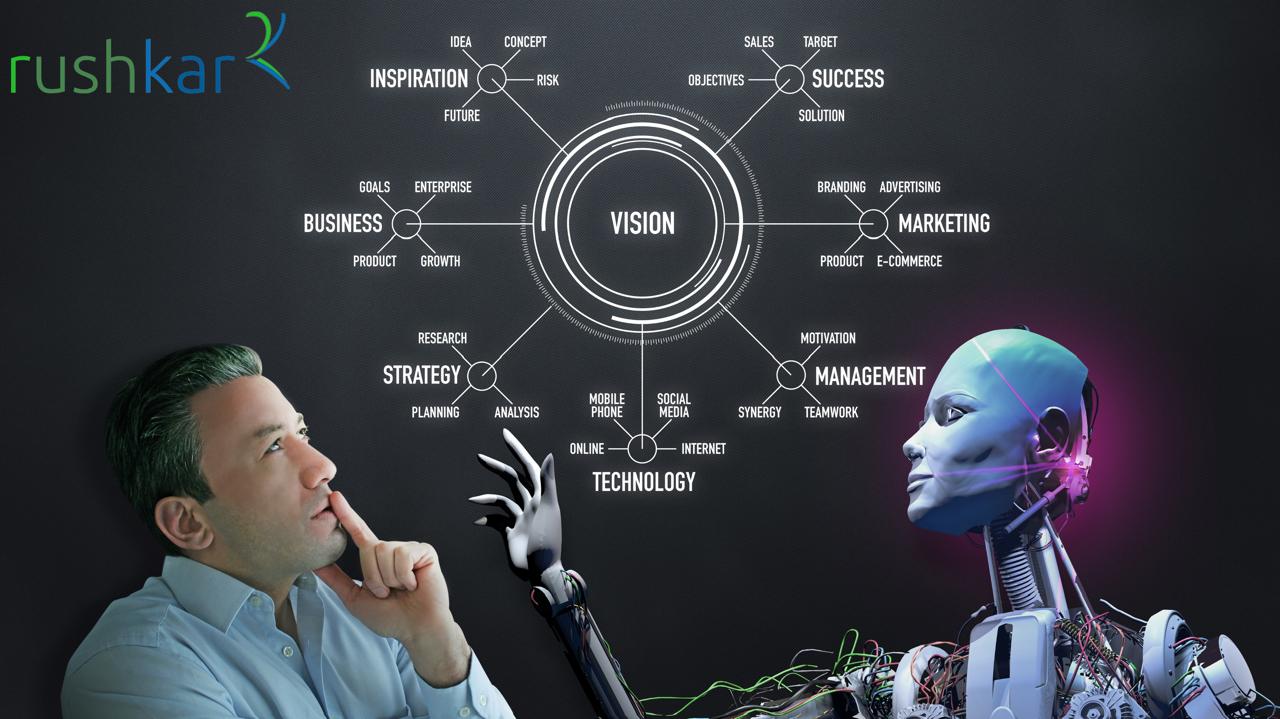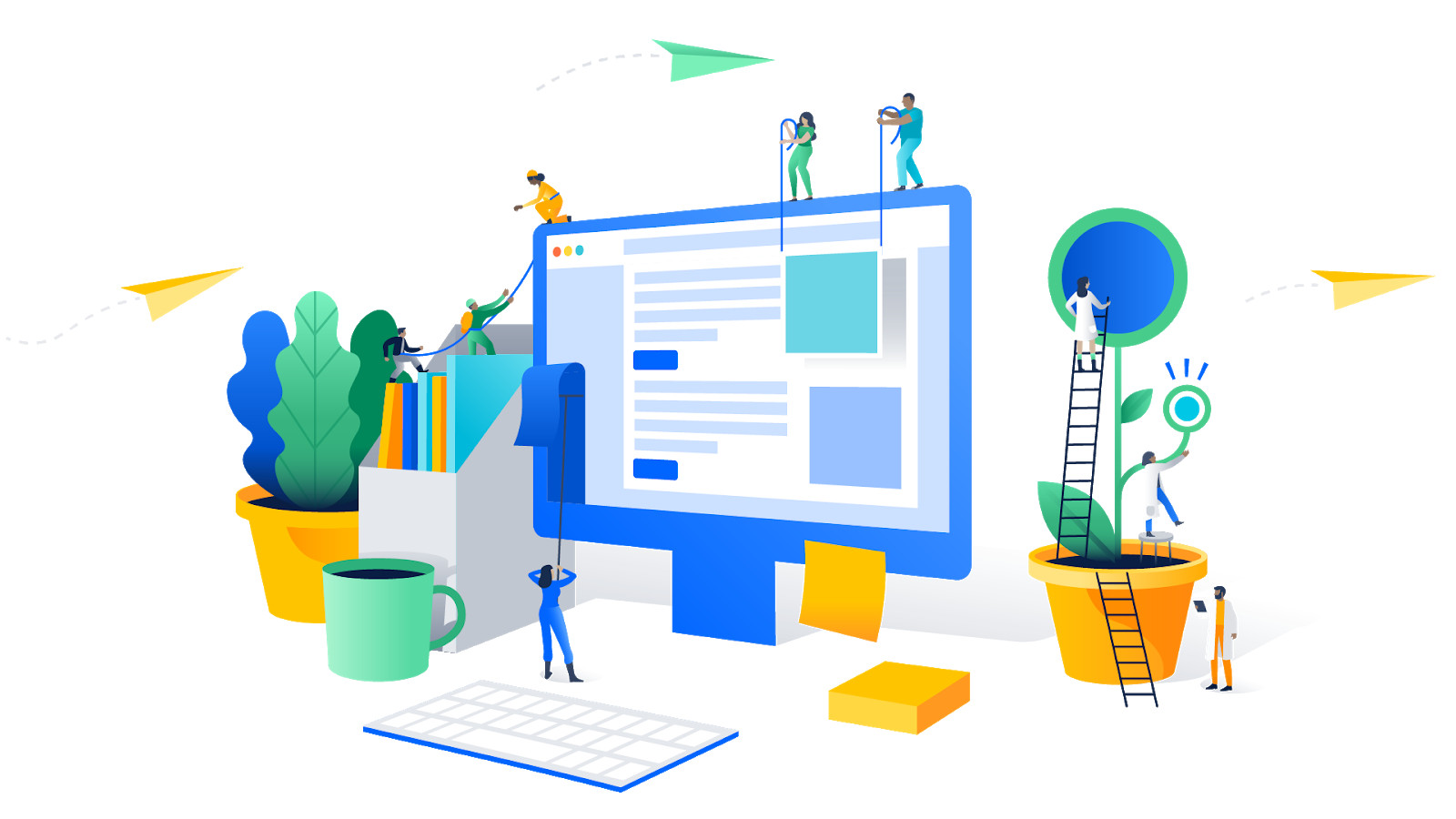A strong online presence is crucial for any business or individual. This often leads to discussions about web design and web development, two essential components of building a website. Although these terms are often used interchangeably, they refer to distinct aspects of the website creation process. Understanding the differences between web design and web development can help you decide which path to pursue if you’re considering a career in the tech industry or looking to hire the right professionals for your project.
Defining Web Design and Web Development Service
Web design focuses on the visual and aesthetic aspects of a website. It involves creating the layout, color schemes, typography, and overall look and feel of a site. Web designers are responsible for making a website attractive and user-friendly.
Web development , on the other hand, involves building and maintaining the functional aspects of a website. This includes coding, creating databases, configuring servers, and ensuring that the website operates smoothly. Web developers bring the designs to life by turning static designs into dynamic and interactive websites.
Importance of Understanding the Differences
Recognizing the distinction between web design and web development service is important for several reasons. For job seekers, it helps in choosing the right career path and acquiring the necessary skills. For businesses, it ensures that they hire the right professionals for specific tasks, leading to more efficient project completion and better results.
What is Web Design?
Overview of Web Design
Web design is the process of creating the visual elements of a website. This includes the layout, colors, graphics, fonts, and overall aesthetics. A well-designed website is visually appealing and provides a great user experience, making it easy for visitors to navigate and find the information they need.
Visual Elements
Visual elements are the building blocks of web design. These include images, videos, graphics, and icons that enhance the look and feel of a website. Designers use these elements strategically to create an engaging and cohesive visual experience.
User Experience (UX) Design
User experience design focuses on creating a positive experience for website visitors. This involves designing intuitive navigation, easy-to-use interfaces, and ensuring that the site is accessible and responsive. UX design aims to make the user’s interaction with the website as seamless and enjoyable as possible.
Key Responsibilities of a Web Designer
Web designers have several key responsibilities, all of which contribute to the creation of a visually appealing and user-friendly website.
Layout and Structure
Designers create the layout and structure of a website, determining where different elements will be placed. This involves creating wireframes and mockups to plan the site’s layout before the actual design process begins.
Color Schemes and Typography
Choosing the right color schemes and typography is crucial in web design. Colors and fonts can evoke different emotions and set the tone for the website. Designers carefully select these elements to ensure they align with the brand and message of the site.
Graphic Design and Branding
Graphic design and branding are integral parts of web design. Designers create logos, icons, and other graphics that represent the brand. They also ensure that the website’s design is consistent with the overall branding of the business.
What is Web Development?
Overview of Web Development Service
Web development service involves building and maintaining the technical aspects of a website. This includes writing code, creating databases, configuring servers, and ensuring that the site functions correctly. Web developers work behind the scenes to bring the designer’s vision to life.
Front-End Development
Front-end development focuses on the parts of the website that users interact with directly. This includes the layout, design, and interactivity. Front-end developers use languages like HTML, CSS, and JavaScript to create the user interface.
Back-End Development
Back-end development involves working on the server side of the website. This includes managing databases, server configurations, and application logic. Back-end developers use languages like PHP, Ruby, Python, and Java to ensure that the website functions correctly and efficiently.
Key Responsibilities of a Web Developer
Web developers have a range of responsibilities that ensure the technical aspects of a website are well-maintained.
Writing and Testing Code
Developers write and test code to create the functionality of a website. This includes creating interactive elements, forms, and databases. Testing is crucial to ensure that the code works as intended and that there are no bugs or issues.
Database Management
Managing databases is a key responsibility for back-end developers. They create and maintain databases that store information such as user data, product details, and content. Proper database management ensures that data is stored securely and can be accessed quickly.
Server Configuration
Server configuration involves setting up and maintaining the servers that host the website. This includes ensuring that the servers are secure, reliable, and capable of handling traffic. Developers also configure server settings to optimize performance and scalability.
Tools and Technologies Used
Web Design Tools
Web designers use a variety of tools to create and enhance their designs. These tools help with creating layouts, graphics, and prototypes.
Adobe XD, Figma, Sketch
Adobe XD, Figma, and Sketch are popular design tools used by web designers. These tools offer features like vector graphics, wireframing, and collaboration capabilities. Designers use them to create high-fidelity prototypes and designs.
Web Development Tools
Web developers use a range of tools and technologies to build and maintain websites. These tools help with coding, testing, and deployment.
HTML, CSS, JavaScript
HTML, CSS, and JavaScript are the core technologies used in front-end development. HTML provides the structure, CSS adds styling, and JavaScript adds interactivity. Developers use these languages to create responsive and dynamic websites.
Frameworks and Libraries
Frameworks and libraries like React, Angular, and Vue.js are used to streamline the development process. These tools provide pre-written code and components, making it easier to build complex applications.
Collaboration Between Web Designers and Developers
Importance of Teamwork
Effective collaboration between web designers and developers is crucial for creating successful websites. Both roles bring unique skills and perspectives to the table, and working together ensures that the final product is both visually appealing and technically sound.
Bridging the Gap Between Design and Development
Bridging the gap between design and development involves understanding each other’s roles and responsibilities. This helps to ensure that designs are feasible and that developers can implement them effectively.
Effective Communication Strategies
Effective communication is key to successful collaboration. Regular updates, meetings, and the use of project management tools can help keep everyone on the same page.
Regular Meetings and Updates
Regular meetings and updates help to ensure that both designers and developers are aligned on the project goals and progress. This helps to identify and address any issues early on.
Utilizing Project Management Tools
Project management tools like Trello, Asana, and Jira can help to organize tasks, track progress, and facilitate communication. These tools provide a central platform for collaboration and ensure that everyone is aware of their responsibilities.
Common Misconceptions
Misconception 1: Web Designers and Developers Do the Same Job
One common misconception is that web designers and developers do the same job. In reality, they have distinct roles and responsibilities. Designers focus on the visual aspects, while developers handle the technical implementation.
Misconception 2: Web Design is Less Technical Than Web Development
Another misconception is that web design is less technical than web development . While design involves more creativity, it also requires technical skills and knowledge of design tools and principles.
Career Paths and Skills Required
Skills for Web Designers
Web designers need a range of skills to create visually appealing and user-friendly websites.
Creativity and Artistic Skills
Creativity and artistic skills are essential for web designers. They need to have a keen eye for design and the ability to create visually appealing layouts.
Proficiency in Design Tools
Proficiency in design tools like Adobe XD, Figma, and Sketch is crucial for web designers. These tools help them create high-fidelity prototypes and designs.
Skills for Web Developers
Web developers need technical skills and knowledge of programming languages to build and maintain websites.
Proficiency in Programming Languages
Proficiency in programming languages like HTML, CSS, JavaScript, and backend languages is essential for web developers. These skills enable them to create dynamic and functional websites.
Problem-Solving Abilities
Problem-solving abilities are crucial for web developers. They need to be able to identify and fix issues, optimize performance, and ensure that the website functions correctly.3
Educational Background and Training
Educational Path for Web Designers
Web designers often pursue degrees or certifications in design-related fields.
Design Degrees and Certifications
Design degrees and certifications provide web designers with the knowledge and skills needed to create visually appealing and user-friendly websites. These programs cover topics like graphic design, UX design, and web design principles.
Educational Path for Web Developers
Web developers often pursue degrees in computer science or attend coding bootcamps.
Computer Science Degrees and Coding Bootcamps
Computer science degrees and coding bootcamps provide web developers with the technical skills needed to build and maintain websites. These programs cover topics like programming languages, database management, and server configuration.
Salary and Job Outlook
Web Designer Salary Insights
Web designer salaries vary based on experience, location, and industry. On average, web designers can expect to earn a competitive salary.
Web Developer Salary Insights
Web developer salaries are generally higher than web designer salaries due to the technical nature of the job. Developers with specialized skills and experience can command even higher salaries.
Job Market Trends
The job market for both web designers and developers is strong, with high demand for skilled professionals. As businesses continue to prioritize their online presence, the need for web design and development expertise will remain high.
How to Choose Between Web Design and Web Development
Assessing Your Interests and Strengths
Choosing between web design and web development service involves assessing your interests and strengths. If you have a passion for creativity and aesthetics, web design may be the right path for you. If you enjoy problem-solving and working with code, web development might be a better fit.
Considering Career Goals and Opportunities
Consider your career goals and the opportunities available in each field. Both web design and web development offer rewarding careers, but the right choice for you will depend on your personal interests and goals.
Conclusion
Summarizing the Key Differences
Web design and web development are two distinct but equally important aspects of creating a successful website. Designers focus on the visual and user experience elements, while developers handle the technical implementation.
The Importance of Both Roles in Building Successful Websites
Both web design and web development are crucial for building successful websites. Understanding the differences between the two can help you choose the right career path or hire the right professionals for your project.
also read
right logo design



